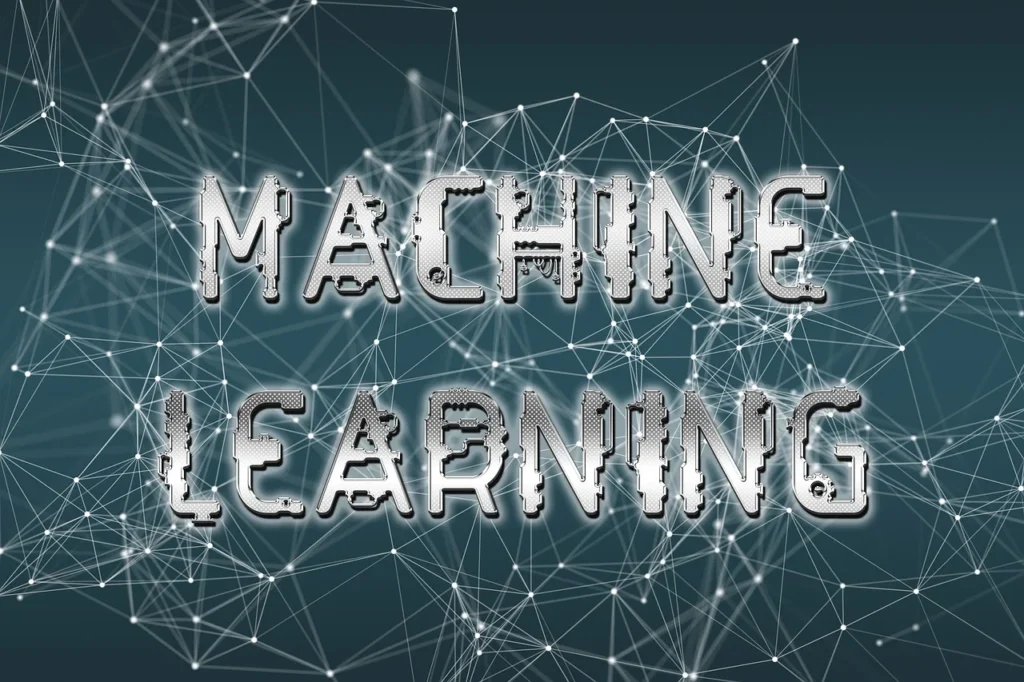Artificial Intelligence (AI) has transformed industries, and two of its most crucial subsets—Machine Learning (ML) and Deep Learning (DL)—are leading the charge. While both involve training computers to learn from data, they have distinct methodologies, applications, and levels of complexity. Understanding the key differences between ML and DL is essential for anyone working with AI-driven technologies.
Menu list
1. What is Machine Learning?
Machine Learning (ML) is a branch of AI that enables computers to learn from data and make predictions or decisions without being explicitly programmed. ML algorithms find patterns in data and improve performance over time.
Types of Machine Learning:
- Supervised Learning – Uses labeled data to train models (e.g., spam detection in emails).
- Unsupervised Learning – Finds patterns in unlabeled data (e.g., customer segmentation).
- Reinforcement Learning – Learns through rewards and penalties (e.g., self-driving cars).
Common Applications of ML:
✔ Fraud detection in banking
✔ Product recommendations in e-commerce
✔ Predictive maintenance in manufacturing
✔ Medical diagnosis and healthcare analytics
2. What is Deep Learning?
Deep Learning (DL) is a specialized subset of ML that mimics the structure of the human brain using artificial neural networks. These deep neural networks have multiple layers that help process vast amounts of data.
Key Features of Deep Learning:
- Uses multi-layered neural networks for data processing.
- Requires large datasets and high computational power (GPUs, TPUs).
- Excels at complex pattern recognition (e.g., speech recognition, image classification).
Common Applications of DL:
✔ Autonomous vehicles (self-driving cars)
✔ Voice assistants (Alexa, Siri, Google Assistant)
✔ Facial recognition technology
✔ Medical imaging and disease detection
3. Key Differences Between Machine Learning and Deep Learning
| Feature | Machine Learning (ML) | Deep Learning (DL) |
|---|---|---|
| Definition | A subset of AI that enables computers to learn from data and improve performance. | A specialized ML subset that uses deep neural networks to analyze data. |
| Data Dependency | Can work with small to medium-sized datasets. | Requires large datasets to perform well. |
| Complexity | Uses simpler algorithms like decision trees, SVM, and regression models. | Uses multi-layered artificial neural networks for learning. |
| Computational Power | Works well on standard computers (CPUs). | Needs high-performance GPUs/TPUs for processing. |
| Feature Engineering | Requires manual selection and extraction of features from data. | Automatically extracts features from raw data. |
| Processing Time | Faster training and inference time. | Training can take days or weeks due to complex computations. |
| Interpretability | Easier to interpret and explain. | Difficult to interpret due to deep network complexity. |
| Best for | Predictive modeling, classification, and structured data analysis. | Speech recognition, image processing, and natural language understanding. |
4. When to Use Machine Learning vs. Deep Learning?
- Use Machine Learning when:
- You have limited data.
- You need interpretable and explainable results.
- You have less computing power available.
- The problem is relatively simple (e.g., fraud detection, recommendation systems).
- Use Deep Learning when:
- You have large datasets with complex patterns.
- You need advanced AI capabilities (e.g., computer vision, NLP, robotics).
- You have access to high-performance computing (GPUs, TPUs).
- The problem requires automatic feature extraction from raw data.
5. Future of Machine Learning and Deep Learning
Both ML and DL are evolving rapidly, with advancements in AI model efficiency, automation, and real-time applications. Some upcoming trends include:
🔹 AI-powered automation – Reducing human intervention in ML model training.
🔹 Hybrid AI models – Combining ML and DL for optimized results.
🔹 Explainable AI (XAI) – Making deep learning more interpretable.
🔹 Edge AI & Federated Learning – Running ML models on devices without cloud dependency.
Final Thoughts
While machine learning is great for structured data and traditional AI applications, deep learning excels in tasks requiring complex pattern recognition. The right choice depends on data availability, problem complexity, and computing resources.
Understanding the differences between ML and DL empowers businesses, developers, and researchers to leverage AI effectively in real-world applications. 🚀

